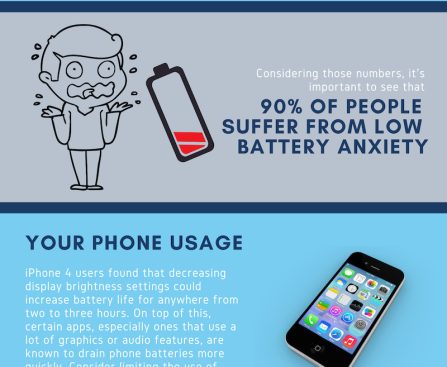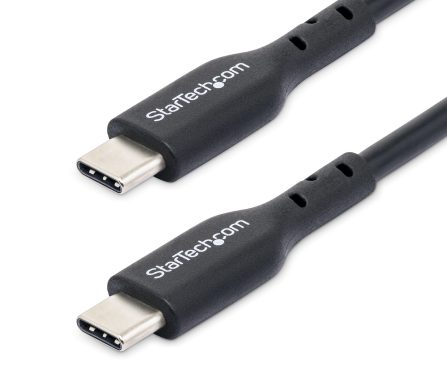If you are considering acquiring an Amazon Fire TV Stick, it’s important to understand that there are a variety of models and generations available. Built for straightforward plug-and-play functionality, in previous years, it was generally inconsequential which HDMI port you plugged a Fire TV Stick into.
However, today, if you’re aiming for optimal image and audio quality from your Amazon device, the most effective approach is to ensure it connects to an HDMI 2.1 port on your television. The HDMI 2.1 specification was first introduced in 2017, with televisions beginning to include 2.1 ports around 2019. HDMI 2.1 provides up to 48 Gbps of bandwidth, allowing for support of 4K resolution at 120Hz. Both the Amazon Fire TV Stick 4K Plus and Fire TV Cube are compatible with the HDMI 2.1 standard.
Although no Fire TV device can output true 120Hz video, the 2.1 specification also brought enhancements such as Dynamic HDR and Quick Media Switching to minimize the lag time when switching between media.










